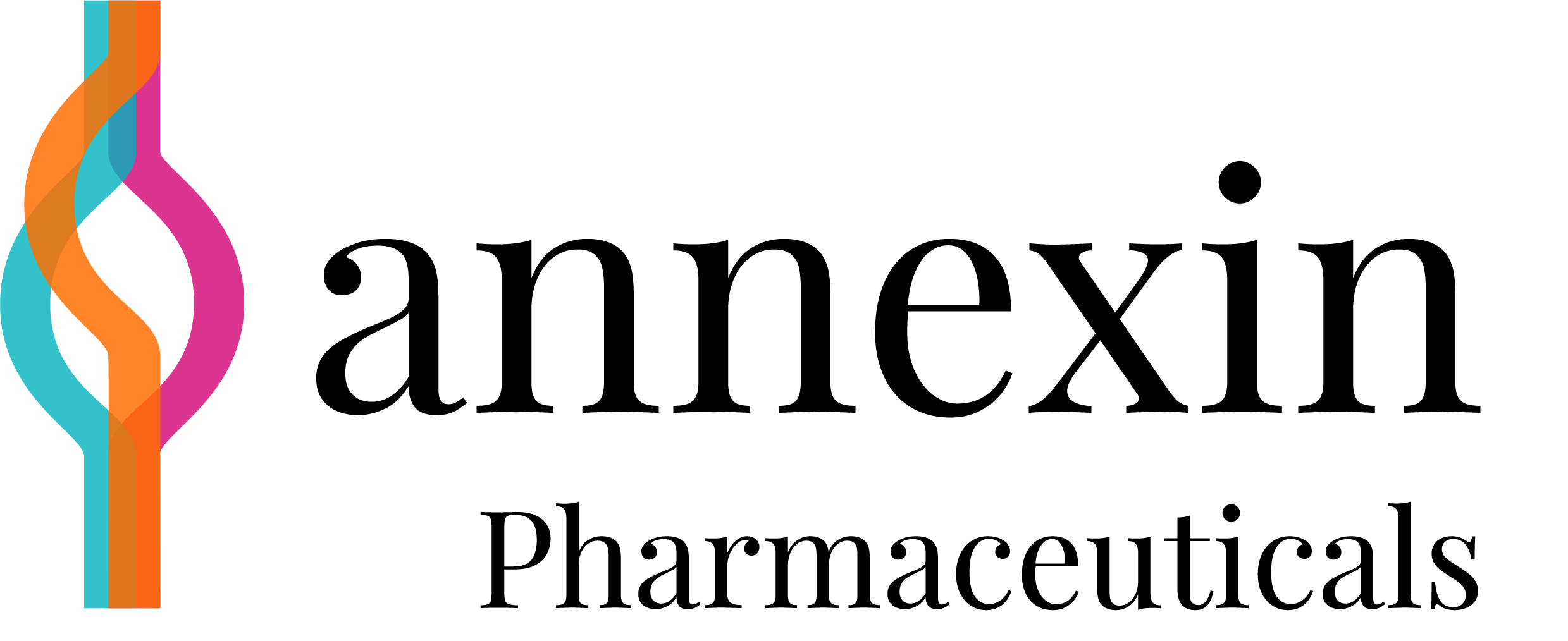Bifogade filer
Prenumeration
Beskrivning
| Land | Sverige |
|---|---|
| Lista | First North Stockholm |
| Sektor | Hälsovård |
| Industri | Bioteknik |
Intresserad av bolagets nyckeltal?
Analysera bolaget i Börsdata!
Vem äger bolaget?
All ägardata du vill ha finns i Holdings!
Annexin Pharmaceuticals today announces that its drug candidate ANXV has been granted enhanced and extended patent protection by the US Patent and Trademark Office.
The United States Patent and Trademark Office (USPTO) has approved another of the company's patent applications protecting the drug candidate ANXV, a recombinant human Annexin A5 protein currently being evaluated in a phase 2 clinical trial in the eye disease retinal vein occlusion. The now granted composition of matter patent is a protection that completely new chemical substances can be expected to receive, but is rarely granted for proteins that are almost identical to the body's own. In addition, the USPTO grants an extension of the patent protection to 2039.
"It has taken many years, but now we finally have a strong complement to our previous process and production patents. Normally, only new unique chemical substances are granted composition of matter patents, and we are therefore very pleased that ANXV has received this extended protection in the US, which gives us an even stronger position in the market", says Anna Frostegård, CSO/CMO at Annexin Pharmaceuticals.
"This is a classic form of product-protecting pharmaceutical patent that has great value in license negotiations and in a future market launch. The extension of the patent's validity of course also provides the opportunity for increased revenues - from the largest single pharmaceutical market in the world", says Anders Haegerstrand, CEO of Annexin Pharmaceuticals.
Annexin Pharmaceuticals has several previously approved patents, including in the United States, for the process used to produce the drug candidate ANXV. The patents also cover ANXV-like proteins, chemical modification of such proteins and their medical use.
ANXV is produced using so-called recombinant technology, which means that the gene for the human protein Annexin A5 is incorporated into the gene set of a carefully selected bacterial strain. The bacteria can thus produce large amounts of ANXV, which is then purified in several steps so that the product can be used in clinical studies or other applications.

